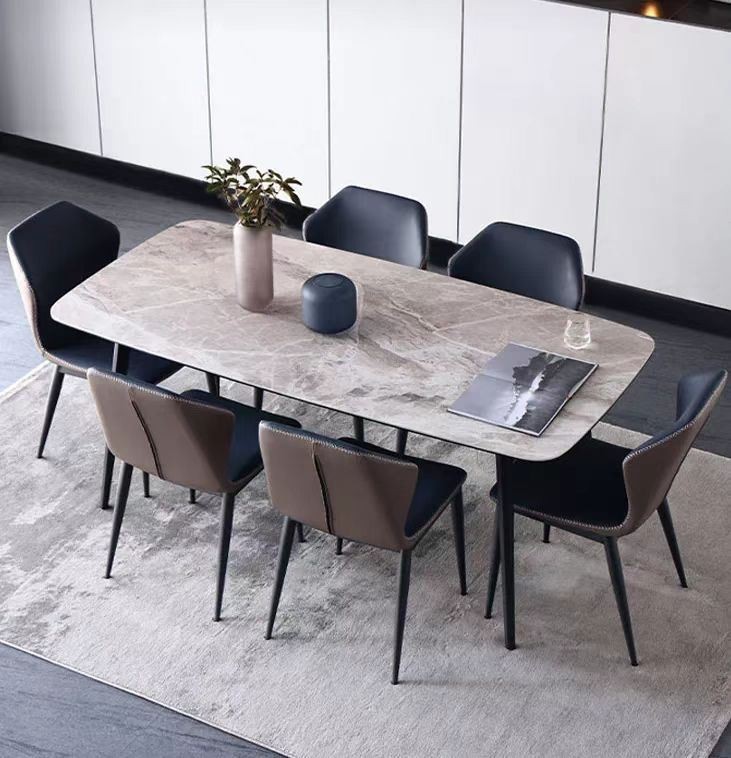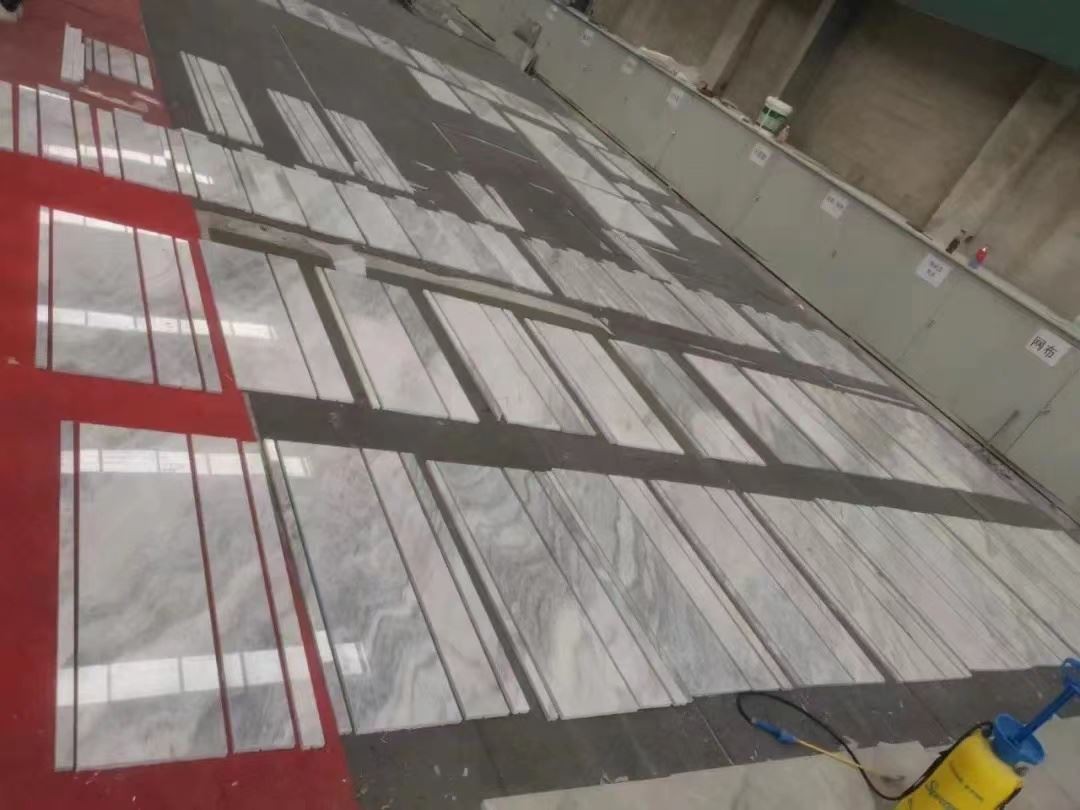
Dec 13 2021

Dec 10 2021

Dec 07 2021

Dec 02 2021
12B/13B, North Building of Pacific Square, No.331, Jiahe Road, Siming District, Xiamen, Fujian, China. 361001
+86-592-5065811
+8615160739809
According to the classification of marble, the naming principles are different. Some marbles are named after the place of origin and color, such as Dandong Green, Tieling Red, etc.; some marbles are named after patterns and colors, such as Snow White and Aiye Green; some marbles are named after patterns, such as autumn scenery and ocean waves; some marbles are Traditional names, such as white marble, crystal black jade, etc. Therefore, the phenomenon of similar names or different rocks with the same name often appears due to different origins.
According to the basic color of the polished surface, the marble produced in my country can be roughly divided into seven series: white, yellow, green, gray, red, coffee, and black. Each series can be divided into several sub-categories according to the color and pattern characteristics of its polished surface, such as: white marble, rosin yellow, Dandong green, Hangzhou gray, etc. The pattern and crystal grain size of marble varies widely, including landscape type, cloud type, pattern type (thread, willow leaf, sculpture, ancient creature, etc.), snowflake type, etc. Modern buildings are colorful and constantly changing. Therefore, the decorative marble also requires multiple varieties and colors, which can be used in different parts of the building. Generally, the monochrome marble requires uniform color; the colored marble requires a gradual transition of pattern and depth; the pattern marble requires clear patterns, bright colors, and strong pattern regularity. In short, the design is beautiful, convenient for large-area splicing and decoration, and can be supplied in batches with the same design and color.